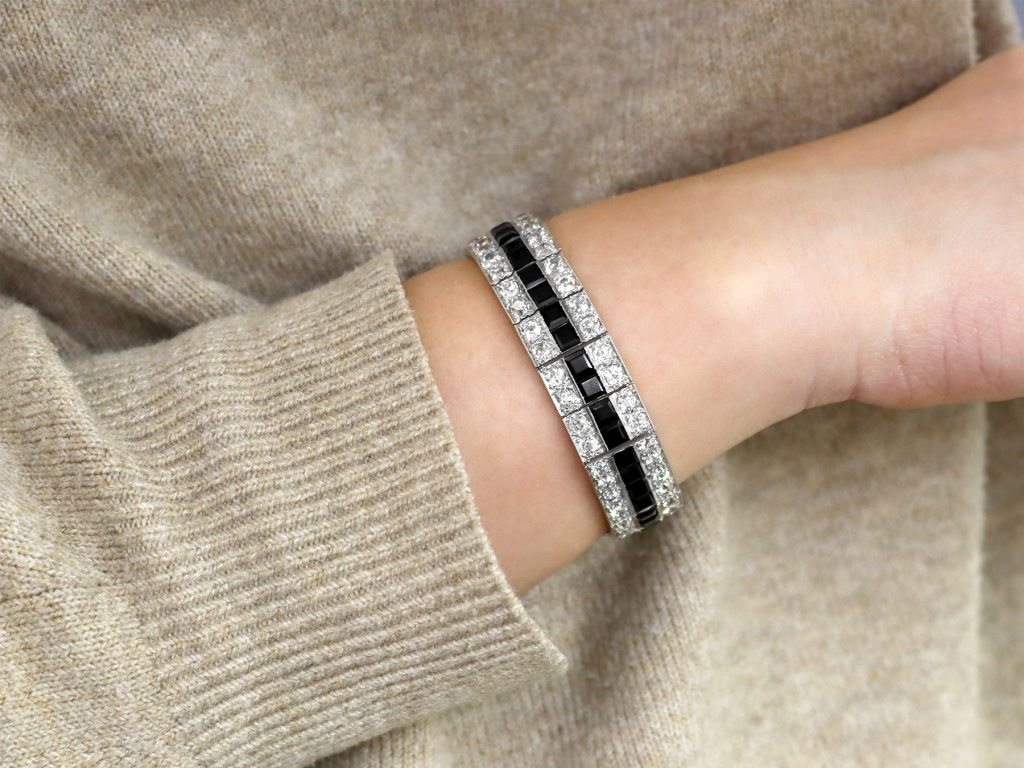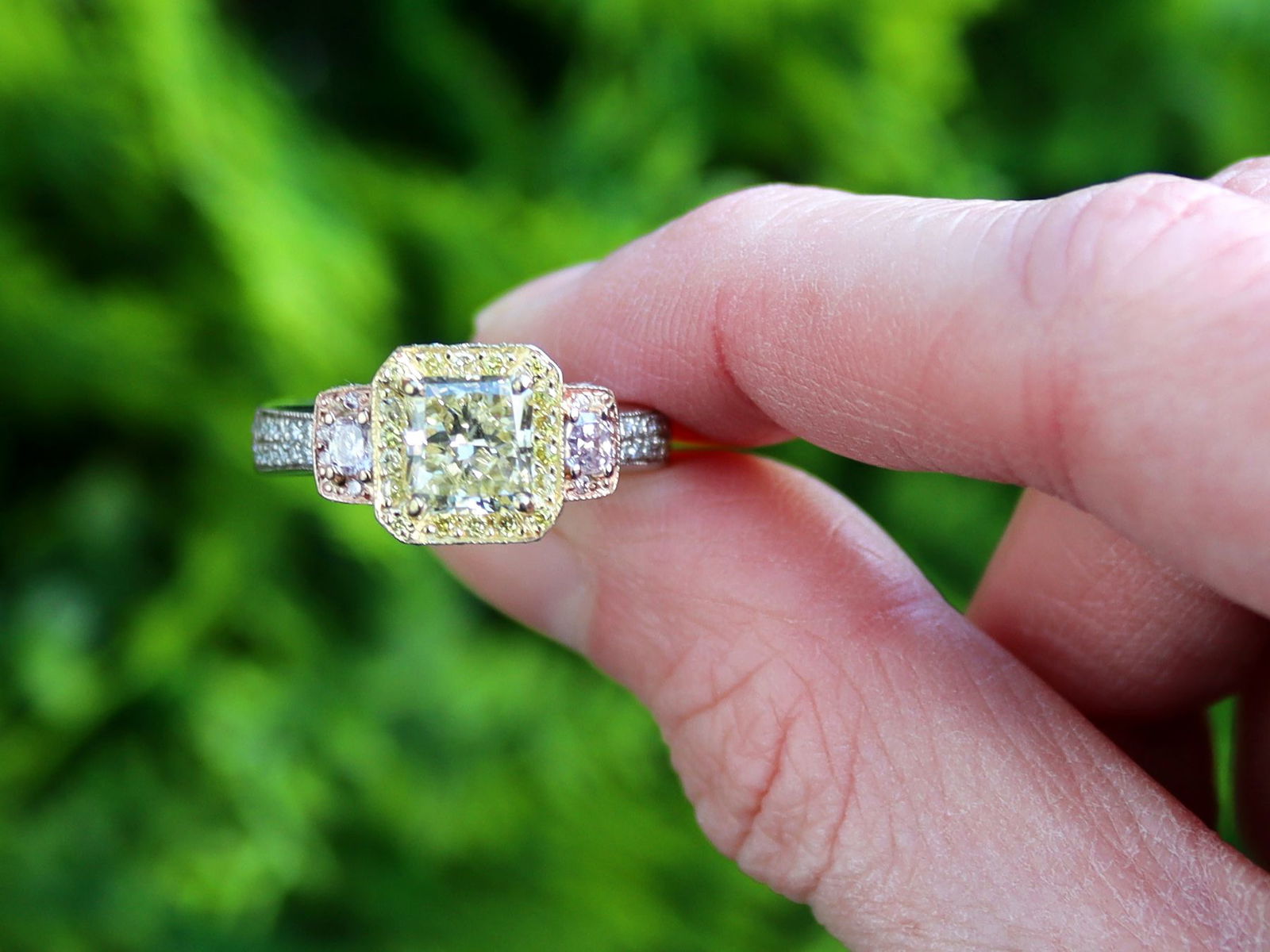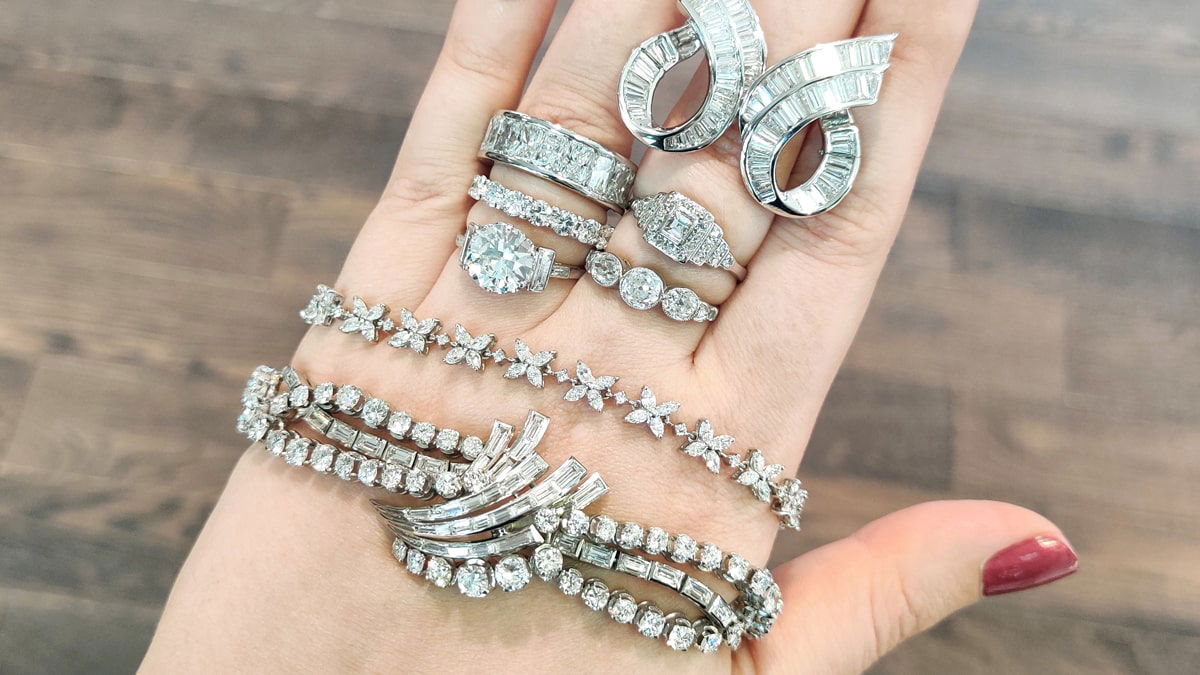The Art Deco era, spanning the 1920s and 1930s, was a period of bold design, luxury, and modernity in jewellery. Defined by geometric patterns, contrasting gemstones, and striking symmetry, Art Deco jewellery reflected the glamour and progressiveness of the Roaring Twenties and the early Hollywood Golden Age. Influenced by global cultures, including Egyptian, Indian, and Asian motifs, this era’s jewellery was designed to be statement-making and innovative. Some of the most renowned jewellery houses and designers of this time set new standards in craftsmanship, elegance, and creativity, many of which continue to inspire modern jewellery today. Here, we explore four of the most influential Art Deco jewellery designers who shaped this remarkable era.
Cartier: The Master of Elegance and Exoticism
Few jewellery houses embody the Art Deco spirit as profoundly as Cartier. Under the leadership of Louis Cartier, the brand embraced bold geometric lines, platinum settings, and striking colour contrasts, creating some of the most exquisite pieces of the time. Cartier was also heavily inspired by Egyptian, Indian, and Persian influences, particularly after the discovery of King Tutankhamun’s tomb in 1922, which led to a fascination with Egyptian motifs. One of the most iconic Cartier Art Deco pieces is the Tutti Frutti collection, featuring vibrantly carved rubies, emeralds, and sapphires in an intricate, asymmetrical design.
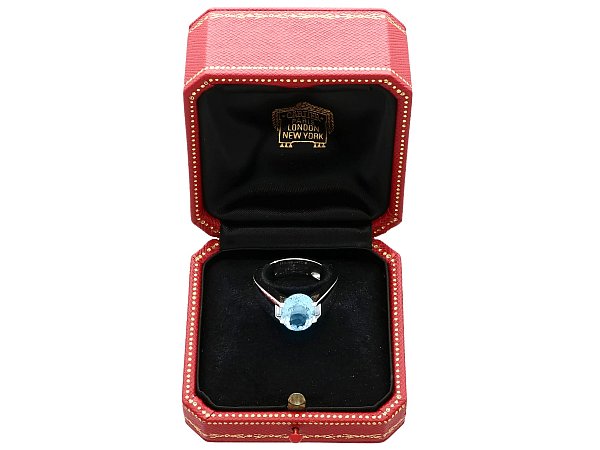
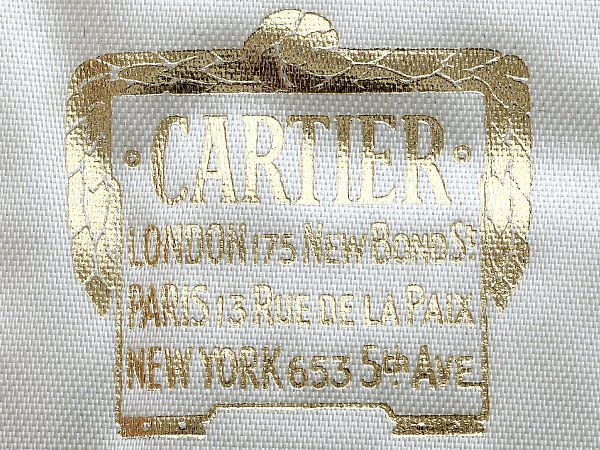
Cartier also designed some of the most extravagant diamond tiaras, sautoir necklaces, and bracelets, worn by European royalty and Hollywood elite, cementing its place as a leader in Art Deco jewellery. The influence of Cartier’s aesthetic can be seen in other exquisite Art Deco creations, such as this ruby and diamond cocktail watch. This vintage timepiece perfectly captures the era’s fascination with glamour and precision craftsmanship, featuring a rectangular, diamond-encrusted case that reflects the bold symmetry and elegance of Art Deco design. The addition of channel-set rubies along the bracelet adds a striking pop of colour, reminiscent of the rich jewel tones that defined the period. This cocktail watch is not only a statement of timeless sophistication but also a stunning example of how the Art Deco movement revolutionised both jewellery and functional accessories, seamlessly blending luxury with practicality.
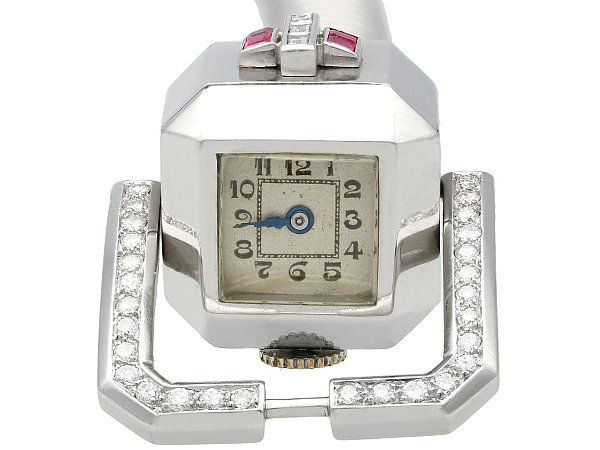
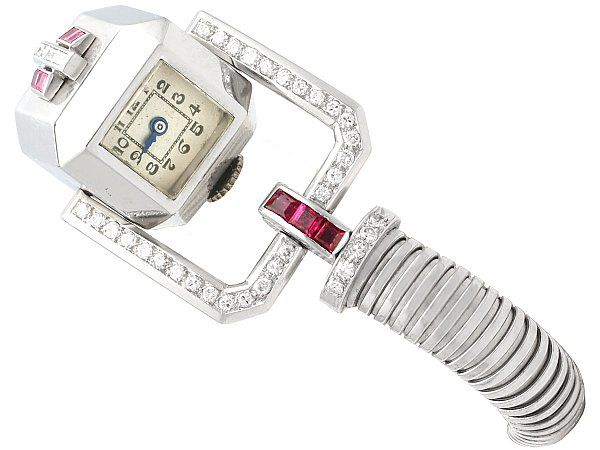
Van Cleef & Arpels: Innovators of the Mystery Setting
Established in 1906, Van Cleef & Arpels became one of the most prestigious names in high jewellery, particularly during the Art Deco period. The brand revolutionised jewellery-making with its “Mystery Setting”, a technique in which gemstones were set without visible prongs, creating a seamless and fluid appearance. Van Cleef & Arpels was known for its delicate yet architectural designs, often incorporating bold diamonds, sapphires, and onyx in symmetrical patterns. The maison’s zip necklace, designed in the 1930s, was another groundbreaking creation, doubling as both a necklace and a functional zipper. The brand’s Art Deco creations were favoured by European nobility, including the Duchess of Windsor, and Hollywood icons like Marlene Dietrich, reinforcing its status as one of the most sought-after jewellery houses of the era.
Boucheron: A Fusion of Modernism and Romance
Boucheron, a jewellery house founded in 1858, embraced the Art Deco style while maintaining its signature romantic and fluid aesthetic. The brand’s creations from the 1920s and 1930s were known for their avant-garde combinations of diamonds, rock crystal, and coloured gemstones, often set in bold, sculptural designs. Boucheron was particularly skilled at incorporating black onyx and lacquer detailing, giving its pieces a sharp contrast that epitomised the sleekness of Art Deco design. One of Boucheron’s most famous commissions from this period was a stunning rock crystal and diamond necklace for Maharaja Bhupinder Singh of Patiala, showcasing the fusion of Indian and Western influences.
The use of black onyx and diamonds was a hallmark of the era’s jewellery, and this aesthetic is beautifully exemplified in this black onyx and diamond bracelet. This striking bracelet perfectly captures the Art Deco movement’s love for bold contrasts and geometric precision, featuring rectangular black onyx panels elegantly separated by dazzling diamond motifs. The platinum setting, another key characteristic of Art Deco jewellery, enhances the crisp monochromatic appeal, making it a piece of both sophistication and strength. Just as Boucheron’s Art Deco designs blended modernism with timeless romance, this bracelet embodies the era’s enduring influence, making it a coveted choice for collectors and lovers of vintage jewellery alike.
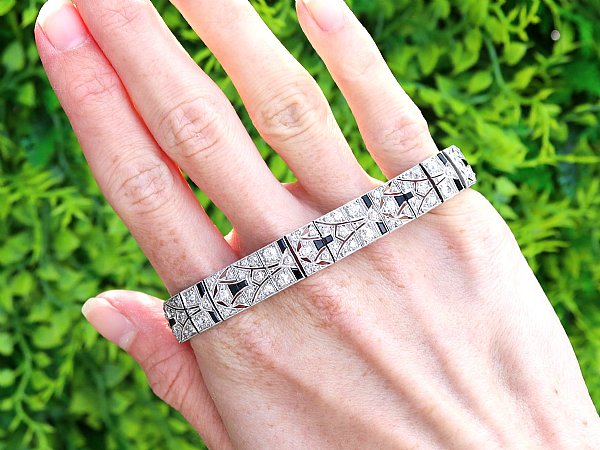
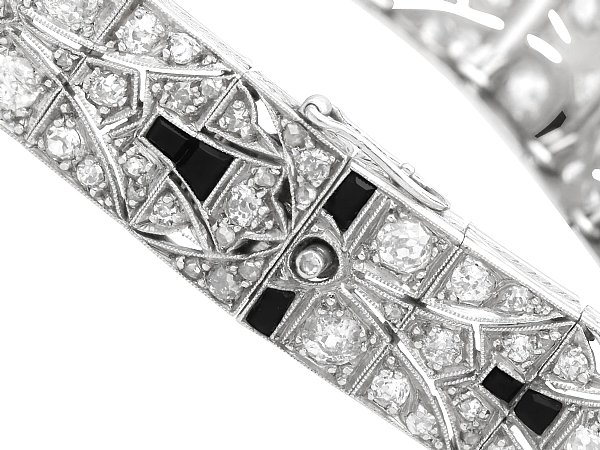
Raymond Templier: The Pioneer of Industrial Art Deco
While many jewellery houses of the 1920s and 1930s focused on opulence and exotic influences, Raymond Templier took a more industrial and avant-garde approach. Known as a pioneer of modernist jewellery, Templier’s designs were inspired by architecture, machinery, and Cubist art, making his pieces distinctively futuristic for the time. His work often featured sweeping curves, layered geometric forms, and minimalistic settings, departing from the more traditional floral and figurative elements seen in earlier jewellery. Templier’s bold, abstract aesthetic was a favourite among forward-thinking clients who wanted jewellery that reflected the era’s fascination with progress and innovation. Today, his Art Deco pieces remain highly sought after by collectors for their radical and daring style.
The Art Deco era was a golden age of jewellery design, driven by innovation, glamour, and a fearless embrace of modernity. Designers like Cartier, Van Cleef & Arpels, Boucheron, and Raymond Templier not only defined the aesthetic of the 1920s and 1930s but also created timeless masterpieces that continue to influence jewellery today. Whether through Cartier’s exotic opulence, Van Cleef & Arpels’ technical mastery, Boucheron’s romantic modernism, or Templier’s bold industrial forms, these designers captured the spirit of an era that celebrated luxury, elegance, and artistic daring. Their legacy lives on in the iconic jewellery pieces that remain treasured and admired by collectors and fashion enthusiasts alike.

